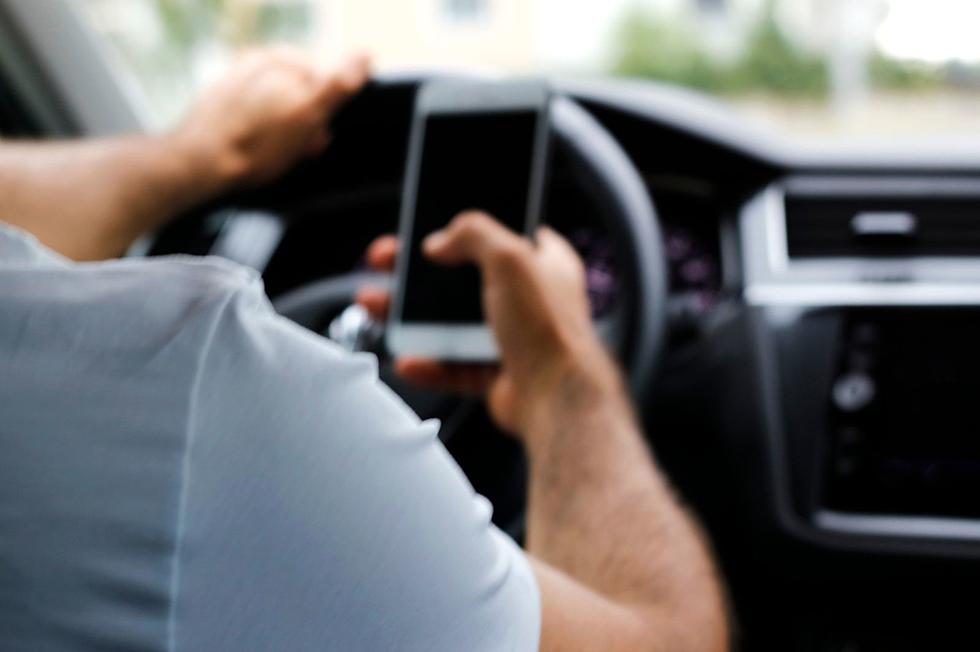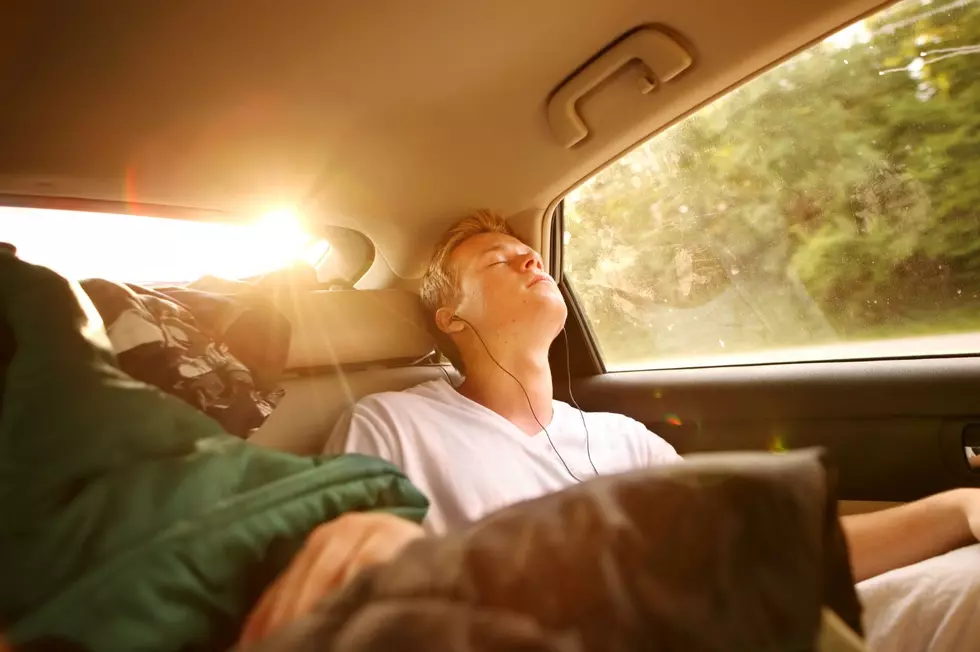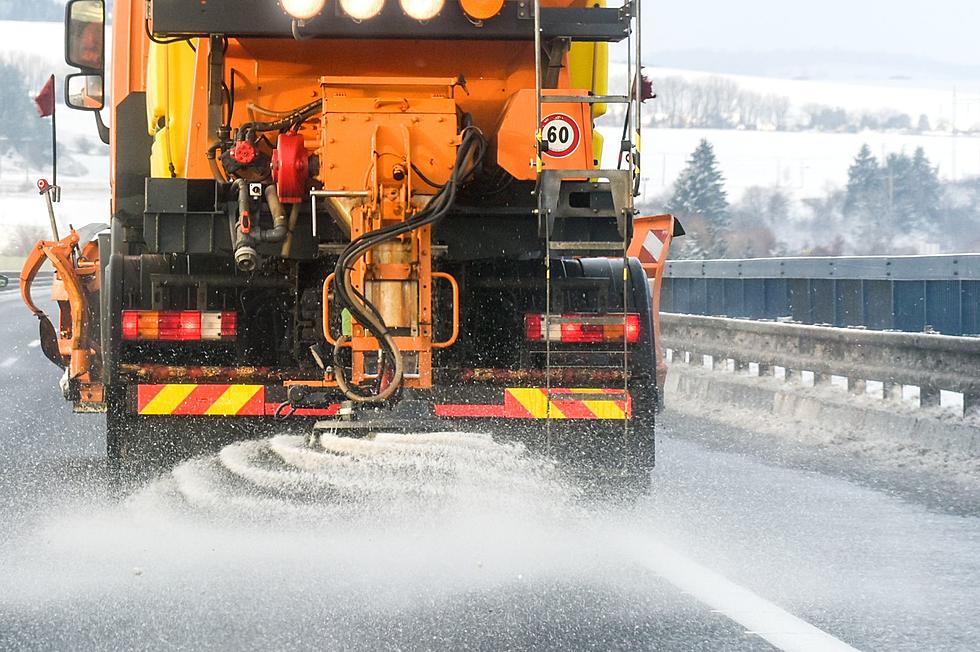
What To Do When ‘Trapped’ In A Whiteout
Unfortunately, there is a long history of deadly traffic accidents associated with snow squalls.
Snow squalls move in and out quickly and typically last less than an hour. The sudden white-out conditions combined with falling temperatures produce icy roads in just a few minutes. Although snow accumulations generally are an inch or less, the added combination of gusty winds, plummeting temperatures and quick reductions in visibility can cause hazardous conditions for motorists
If a snow squall warning is issued for your area, avoid or delay motor travel until the squall passes through your location. There truly is no safe place on the highway during a snow squall. However, if you are already in transit:
- Reduce your speed
- Turn on your headlights and hazard lights
- Allow plenty of distance between you and the car in front of you.
- Do not slam on your brakes. With slick/icy roads, this could contribute to the loss of vehicle control and also increase the risk of a chain reaction crash.
Have you ever been trapped inside a snow squall? It's impossible to see where the road it. You can have snow and ice building up on the windshield with icy wiper blades. It's terrifying. Here are some helpful tips from Global News.
DO:
- Slow down gradually and drive at a speed that suits the conditions.
- Make sure the full lighting system of your vehicle is turned on.
- Use your low-beam headlights. High beams reflect off the ice particles in the snow, making it harder to see. If you have fog lights on your vehicle, use them, in addition to your low beams.
- Be patient. Avoid passing, changing lanes, and crossing traffic.
- Increase your following distance. Depending on speed, you will need at least three car lengths to brake safely.
- Stay alert. Keep looking as far ahead as possible.
- Reduce the distractions in your vehicle. Your full attention is required.
- Keep your windows and mirrors clean. Use defroster and wipers to maximize your vision.
- Try to get off the road when visibility is near zero. Pull into a safe parking area if possible.
DON’T:
- Don’t stop on the traveled portion of the road. You could become the first link in a chain-reaction collision.
- Don’t attempt to pass a vehicle moving slowly or speed up to get away from a car that is following too closely.
- Don’t use high beams.
More From 98.1 The Hawk









